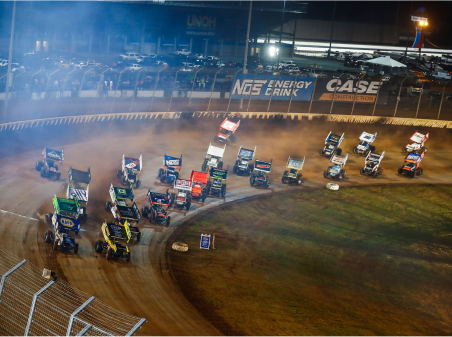

Whether you're a seasoned enthusiast or a newcomer eager to dive into the thrilling universe of dirt track competition, understanding the unique terminology is essential to fully appreciate and engage with this high-octane sport. This glossary is your guide to the jargon, technicalities, and fascinating nuances that define dirt racing. From the thunderous roar of engines to the strategic maneuvers on the track, this collection of terms will unravel the language of dirt racing, offering insight into the passion, skill, and adrenaline that fuel it. This glossary aims to be your compass through the twists and turns of dirt racing's rich lexicon. Gear up, rev your engines, and let's embark on an exciting journey.
The spectators and haulers travel on asphalt to get where the fun is.
The drivers, teams, officials, and fans all travel on asphalt roads to get to the dirt track, where they race. Used to identify racing fans as Dirt fans first. "I don't really like watching those asphalt cars; Dirt's for racin', asphalt's for getting there."
Running all out
